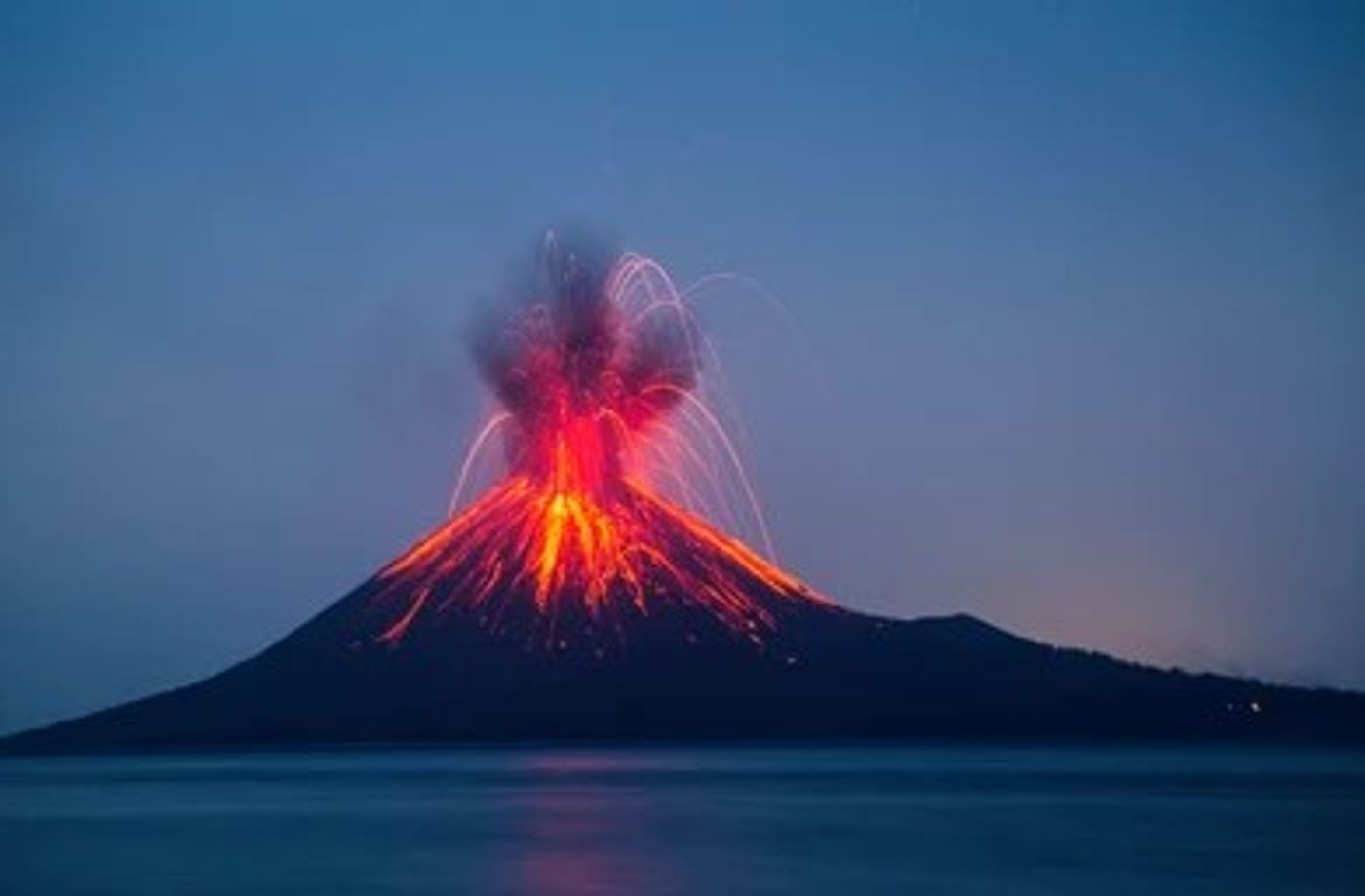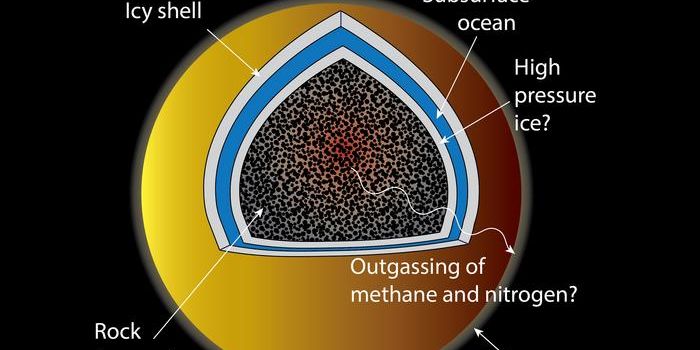On ancient Earth, far-stretching continents caused increased temperatures
56 million years ago, the Earth was a much different place as a cataclysmic event caused global temperatures to rise and all ice to melt in a period known by scientists as the Paleocene-Eocene Thermal Maximum (PETM) which lasted more than 150,000 years. During this time, our ancient ancestors could traverse the landscape from Greenland to North America and Asia to Europe without encountering a shred of evidence of ice. This “fever period” is hypothesized to have been caused by a sudden and drastic release of carbon into the atmosphere. The exact amount of carbon is unclear, but scientists estimate it could be equivalent to humans burning through all the coal, oil, and natural gas on the planet. But what caused this event, and has it happened more than once?
In a recent study published in Nature Geoscience, a collaborative research effort between the University of Southampton, the University of Edinburgh, the University of Leeds, the University of Oldenburg, the University of Florence, and the Chinese Academy of Sciences suggest the literal stretching of the continents during this ancient period could be responsible for the extreme environmental changes that resulted in the extinction of many deep-seas organisms and reshaped the course of evolution on the Earth.
The team compared the stretching of the continents to the pulling of a toffee bar that thins and eventually separates. This “thinning” of the continents greatly reduced the pressures in the deep interior of the Earth, resulting short-lived and intense melting in the mantle. The team suggests the resulting volcanic activity from this melting led to an enormous burst of carbon release into the atmosphere, raising the global temperatures by 5-8°C (41-46.4°F).
Due to the incredible speed and size of this warming, the PETM is often used as an ancient analog for warming in the present-day, despite the process being completely different.
"Despite the importance and wider relevance of the PETM to global change today, the underlying cause is highly debated" says Dr Tom Gernon, an Associate Professor of Earth Science at the University of Southampton and lead author of the study. "It's generally agreed that a sudden and massive release of the greenhouse gas, carbon, from the Earth's interior must have driven this event, yet the scale and pace of warming is very hard to explain by conventional volcanic processes."
The team conducted the study by drilling rock beneath the seafloor near the edge of the Atlantic Ocean and used these records they found evidence of a sudden and extensive occurrence of volcanic activity across the North Atlantic Ocean which lasted for more than 200,000 years, which is remarkably similar to the length of the PETM.
"Such rapid events cause a fundamental reorganization of Earth's surface environment, altering vast ecosystems," explains Dr Gernon. The team concluded that warming events like the PETM very likely happened at other times throughout the Earth’s history, and the sudden release of gas within the Earth plays a major role in these events.
As always, keep doing science & keep looking up!
Sources: World Without Ice, Nature Geoscience









